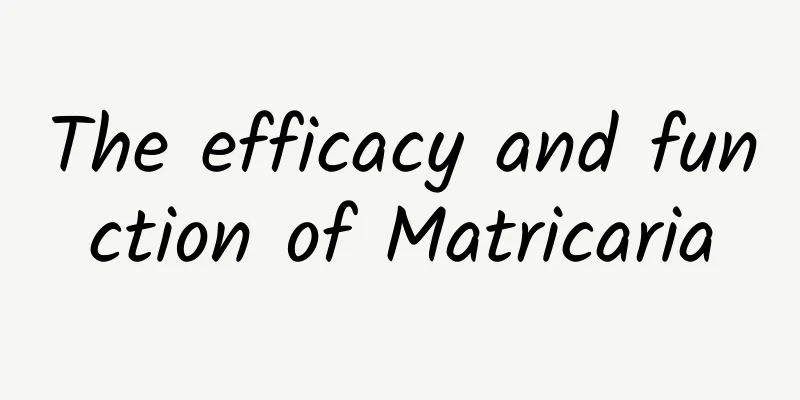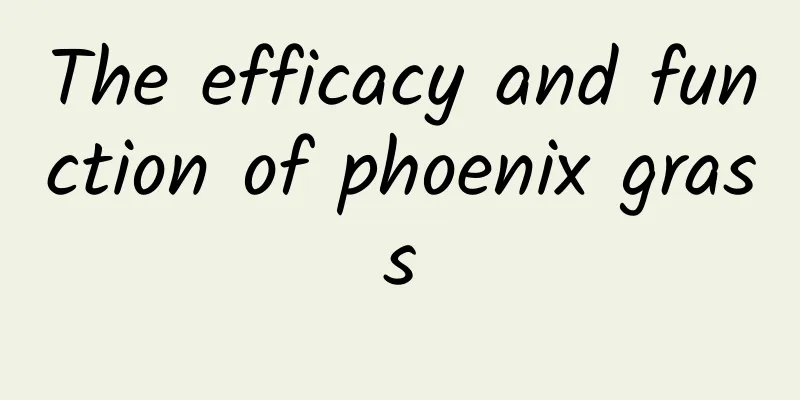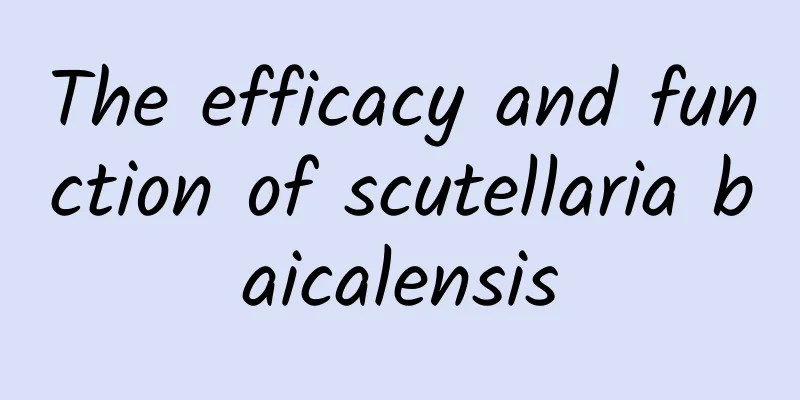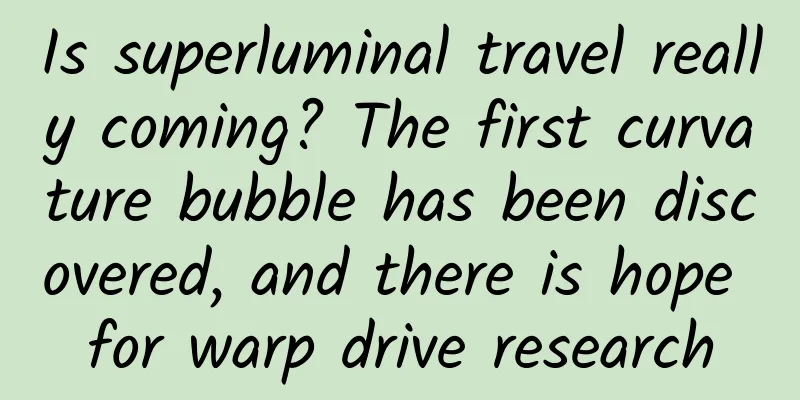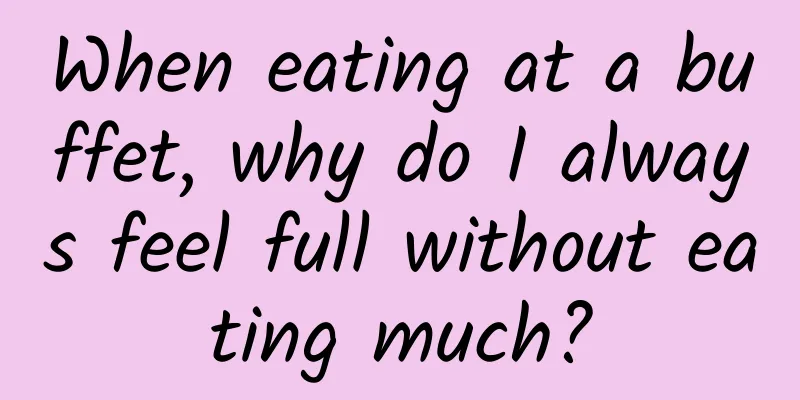Don’t ignore the safety of your fingertips during the Spring Festival! There are risks when using nail lamps!
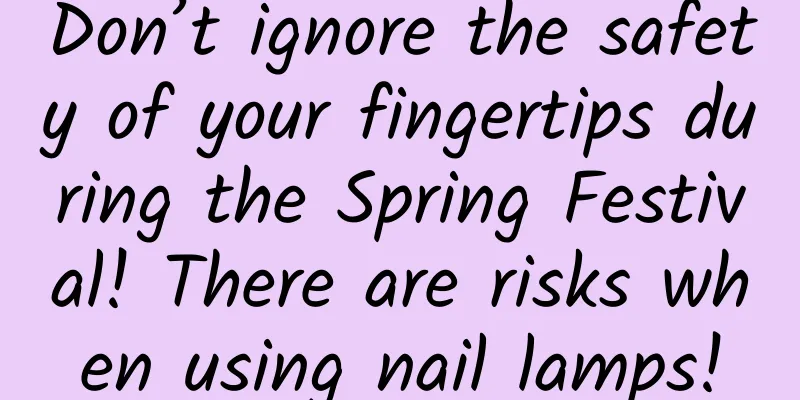
|
The Spring Festival is coming. In order to celebrate the New Year beautifully, many girls have already arranged for themselves to wear New Year's "armor". People who often do manicures may have heard this view: "The nail polish used in nail salons is different from nail polish. This product does not contain formaldehyde and is not toxic." However, this is not the case. Is nail polish really safe? Nail polish is relatively safe under normal use, but it is not completely non-toxic. The main components of nail polish are resin, photoinitiator, and various additives (such as dyes, antioxidants, stabilizers and softeners, solvents, etc.). Among them, organic solvents such as acetone and ethanol are often used to adjust the viscosity and fluidity of nail polish, but they may evaporate during use and irritate the respiratory system and eyes. In the 2023 national cosmetics sampling inspection, 7 batches of cosmetics in Zhejiang and Guangdong did not meet the regulations, and banned raw materials such as dichloromethane and 1,2-dichloroethane were detected. Long-term exposure to these ingredients may cause many serious health problems. For example, long-term exposure to toluene, ethylbenzene, and xylene may cause respiratory irritation, respiratory inflammation, coughing and wheezing; formaldehyde, benzene, and acetaldehyde are considered to be potentially toxic and carcinogenic. In addition, the environment of nail salons also poses potential risks. In 2019, Lupita Montoya and Aaron Lampl of the University of Colorado Boulder and Colorado State University jointly investigated six nail salons in Colorado. They regularly tested the volatile organic compound content in the air of these shops. Shockingly, the content of possible carcinogens such as benzene, toluene, and xylene in nail salons far exceeded the standard limit, and was even comparable to that of refineries and auto repair shops. Therefore, although nail polish is relatively safe under normal use conditions, consumers should still remain vigilant and choose reputable brands and products. We should also make sure to use nail polish in a well-ventilated environment and try to avoid prolonged exposure to the smell of organic solvents. Nail lamps may damage DNA Since gel nail polish dries much slower than nail polish, nail salons often use ultraviolet nail lamps to cure gel nails in a short time without having to wait for a long time for nail polish to dry naturally. However, nail lamps can cause harm to us. UV nail lamps are usually composed of multiple light-emitting diode (LED) bulbs. These bulbs are capable of emitting UV light with a wavelength between 365 nanometers and 405 nanometers, which is used to activate the photoinitiator in the nail polish. UV light is a type of electromagnetic radiation with a wavelength range of between 10 nanometers and 400 nanometers, which is outside the violet part of the visible spectrum and is invisible to the human eye. In nail lamps, in order to indicate that the instrument is working, a common method is to use an additional violet lamp to emit violet light. Photoinitiators can absorb these specific wavelengths of ultraviolet light energy, thereby initiating polymerization or cross-linking reactions in the oligomeric resins in the nail polish. These two chemical reactions will form new chemical bonds and high polymer structures between the molecules in the gel or coating material, allowing the gel to quickly solidify and harden into a hard and durable state. This "light-curing" technology has the advantages of being environmentally friendly and fast, and is used in many fields. High doses of ultraviolet radiation have been widely recognized as a factor that causes skin cancer. So can the ultraviolet light from nail lamps cause this consequence? In 2013, Julia Curtis and others from the University of Utah found that the ultraviolet radiation dose emitted by ultraviolet nail lamps is 4.2 times that of the sun. The data showed that in less than 10 minutes of manicure, the ultraviolet radiation dose received by the hands is equivalent to the recommended dose for a day of outdoor work. Recently, researchers from the University of California, San Diego and the University of Pittsburgh have provided some molecular genetic evidence that nail lamp exposure may cause damage to us. They used ultraviolet light to irradiate mouse cells and human cells. After two 20-minute irradiations (one hour apart), about 20%-30% of the cells died; if the irradiation was 20 minutes a day for three consecutive days, 70% of the cells died. At the same time, the surviving cells showed signs of DNA damage and mutations associated with skin cancer. While these results don't directly prove an increased cancer risk, frequent nail lamp exposure may pose a considerable risk. (Authors Fan Tianle and Yang Chao are members of Denovo's science popularization team, and review expert Tang Qin is the chief researcher of the Science Popularization Department of the Chinese Medical Association) |
>>: The Sun is not what we thought it was? There is something else beyond the corona!
Recommend
How to treat scleroderma on the soles of the feet
It is quite common to have scleroderma on the sol...
Can soaking your feet in mugwort leaves cure rheumatism? How to soak your feet scientifically
Foot soaking is the best time of the day for many...
The efficacy and function of shad liver
Shrimp liver is something that many people are ve...
How to eat Bidens pilosa?
The medicines we use in our daily lives are gener...
The efficacy and function of Sifangma
Only when we understand the main ingredients of a...
The efficacy and function of star anise
Star anise is a very common Chinese medicine and ...
The small Antarctic krill is actually a "gold mine" in the sea?
Under the Antarctic glaciers, there are rich and ...
The efficacy and function of Panax notoginseng foot bath
In our daily life, we have the habit of soaking o...
What is the best way to drink wine?
Ginseng is a very precious and rare food ingredie...
The efficacy and function of cat shit fruit
Cat shit fruit is a traditional Chinese medicinal...
The efficacy and function of Boletus edulis
Boletus is a kind of Chinese medicinal material w...
The efficacy and function of Kongqing
Do you know what Kongqing is? If you know, do you...
Is white pollution difficult to solve? Try this "living" plastic!
Produced by: Science Popularization China Author:...
The efficacy and function of traditional Chinese medicine seabuckthorn
All Chinese medicines have pharmacological effect...


